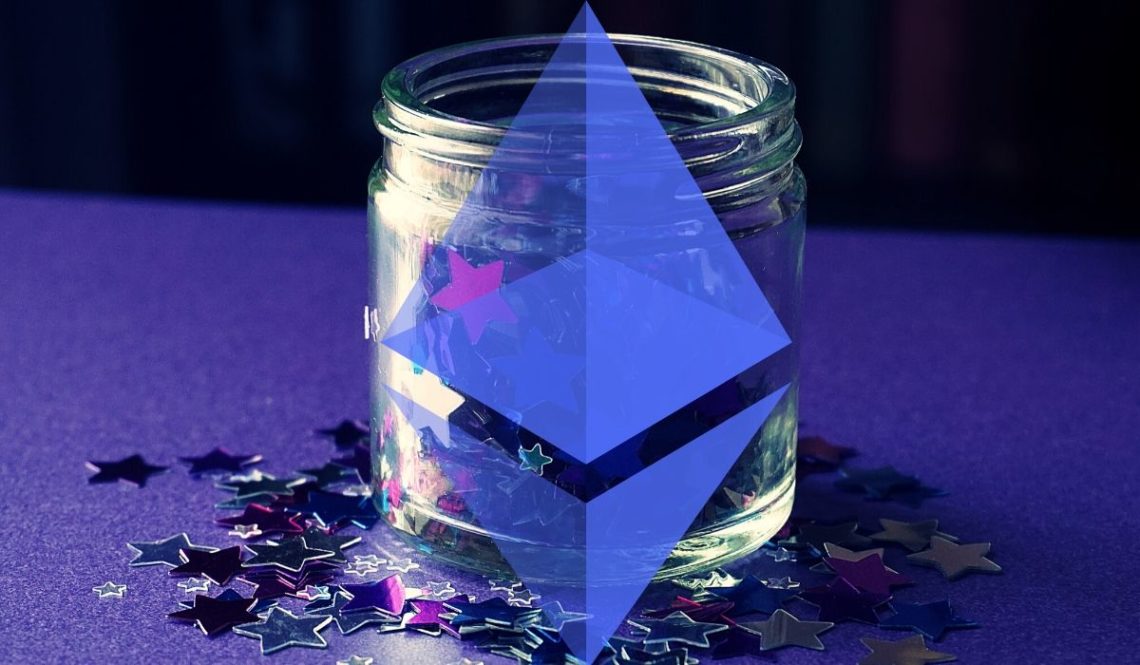- Dumas initially reported 112.43 million coins but corrected it to 112.093 million.
- Ethereum co-founder VitalikButerin suggested that excluding coins that were “burned” under smart contracts could have led to the discrepancy.
There has always been speculation about the coin limit of Ethereum, and recently, it has been stimulated again with the release of a script by MakerDao developer Marc-André Dumas. The script in question projects the size of the issuance of the second largest cryptocurrency via capitalisation.
Initially, Dumas reported 112.43 million coins, but a subsequent review brought it to 112.093 million. This reduced the difference with the data from Etherscan to 3 ETH. Suggesting an explanation for this discrepancy, Vitalik Buterin, co-founder, Ethereum suggested that some blockchain observers excluded from the calculation certain coins that were ‘burned’ under smart contracts.
My ethsupply script was counting some uncle rewards twice, which led to the discrepancy. Many thanks to @junderwood4649 for identifying the bug and everyone else who reviewd the code.
As you will see below, the delta with Etherscan is now only 3 ETH.https://t.co/dnDFTs6YlO pic.twitter.com/NxKHeSSTow
— Marc-André Dumas (@marcandu) August 8, 2020
While Bitcoin’s supply is limited at 21 million coins, Ethereum has no maximum supply value assigned to it as the rate of issuance is determined by developers.
EIP-1559: The Big Question
To substantiate his point on the emission of ETH, VitalikButerin also presented a graph depicting transaction fees for the last two months. According to him, they were surprisingly high, but post the activation of EIP-1559, staking rewards could be completely leveled. Ethereum Improvement Proposal 1559, more popular as EIP-1559, suggests that the existing blockchain transaction model is not only inefficient but not cost-effective either. As per the EIP-1559 assumption, some of the funds collected in the form of fees would be wasted, and this, in turn, would limit inflation.
Samson Moe, strategic director, Blockstream expressed concern if the emission limitation was a blockchain security flaw, to which Buterin replied that this mechanism would not allow guaranteed rewards.
The co-founder of Ethereum further added that the best way to achieve a minimum level of network security is to minimize the issue of coins with the adoption of EIP-1559. When asked about the minimum value, he attributed it to intuition, and also shared the example that Satoshi Nakamoto, creator, Bitcoin, also determined the emission, halving period, and block size.
The Future Picture
Incidentally, VitalikButerin had predicted back in 2016 that the amount of ETH is not likely to exceed 100 million coins in the near future. Following this, he published a new Ethereum Improvement Proposal (EIP), in which the limit was raised to 120 million.
A recently published report by Delphi Digital said that EIP 1559 and staking build a mutually beneficial relationship, and that offers the combined effects of increased usage drive value as well as the introduction of cash flows to a wider group of participants for securing the network. This creates a more effective long term value proposition for Ethereum.
Earlier this year, Buterin announced a cut in the yearly emission of Ethereum from the current 4.7 million coins to approximately 100,000 – 2 million. This was following his shift to the Proof-of-Stake model.
As aptly put by Ari Paul, CIO, Blocktower Capital, “EIP 1559 is made or break for ethereum.”


 Home
Home News
News










